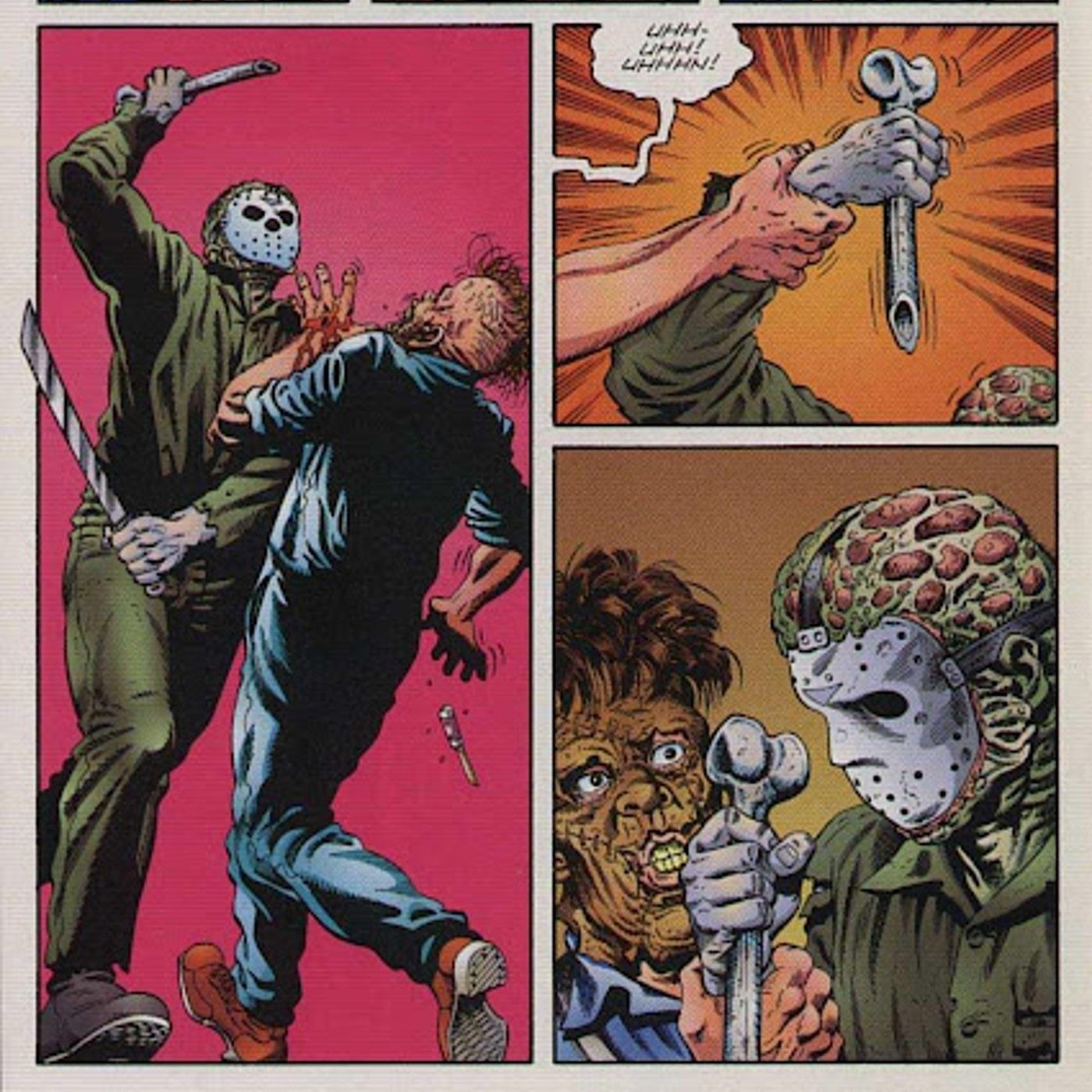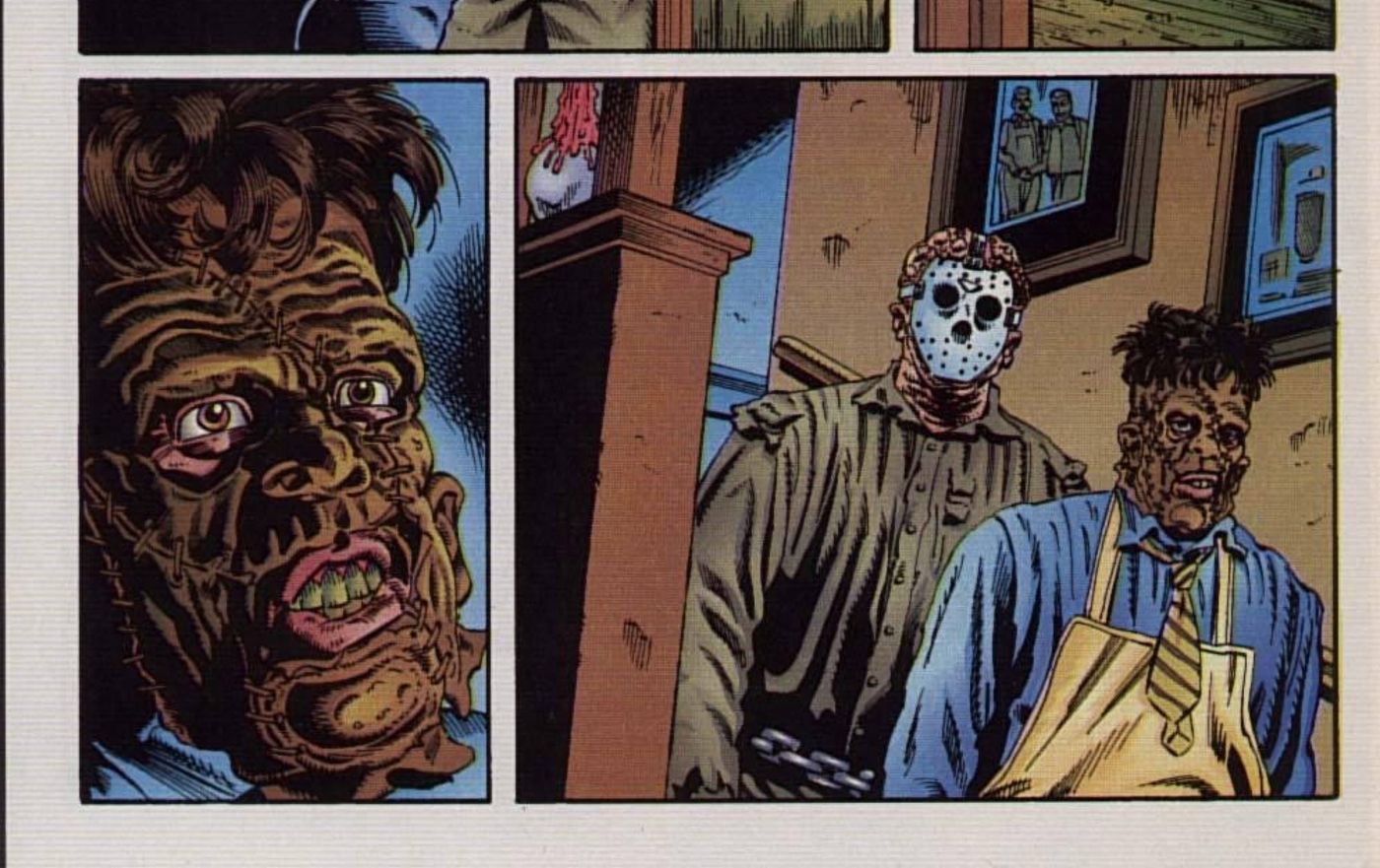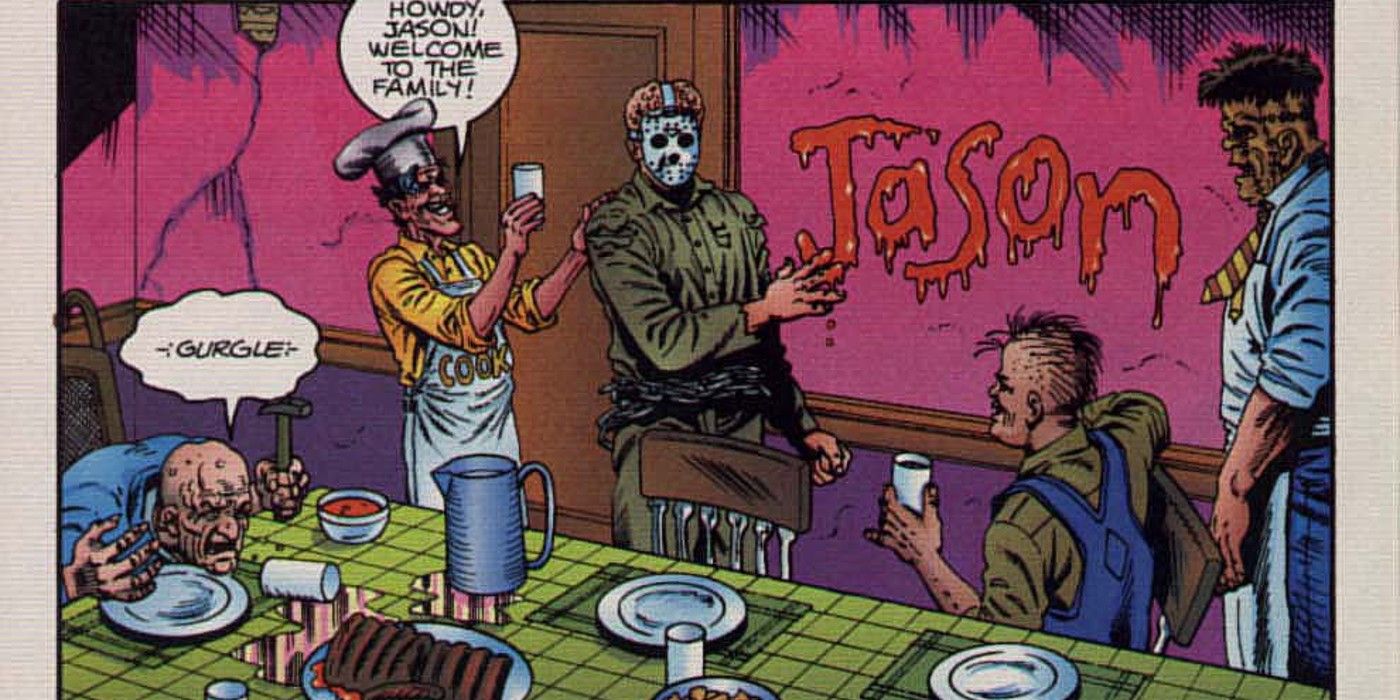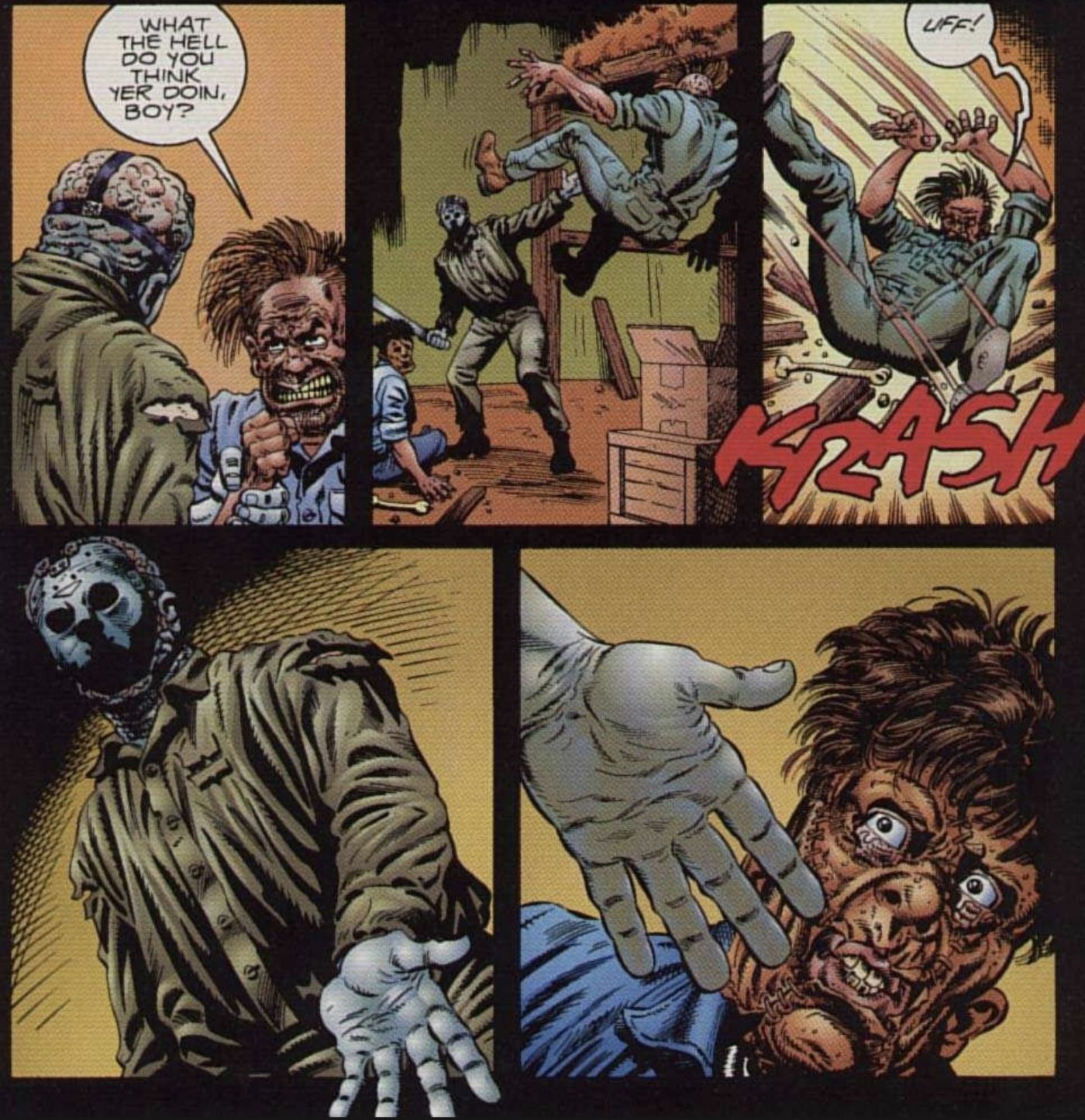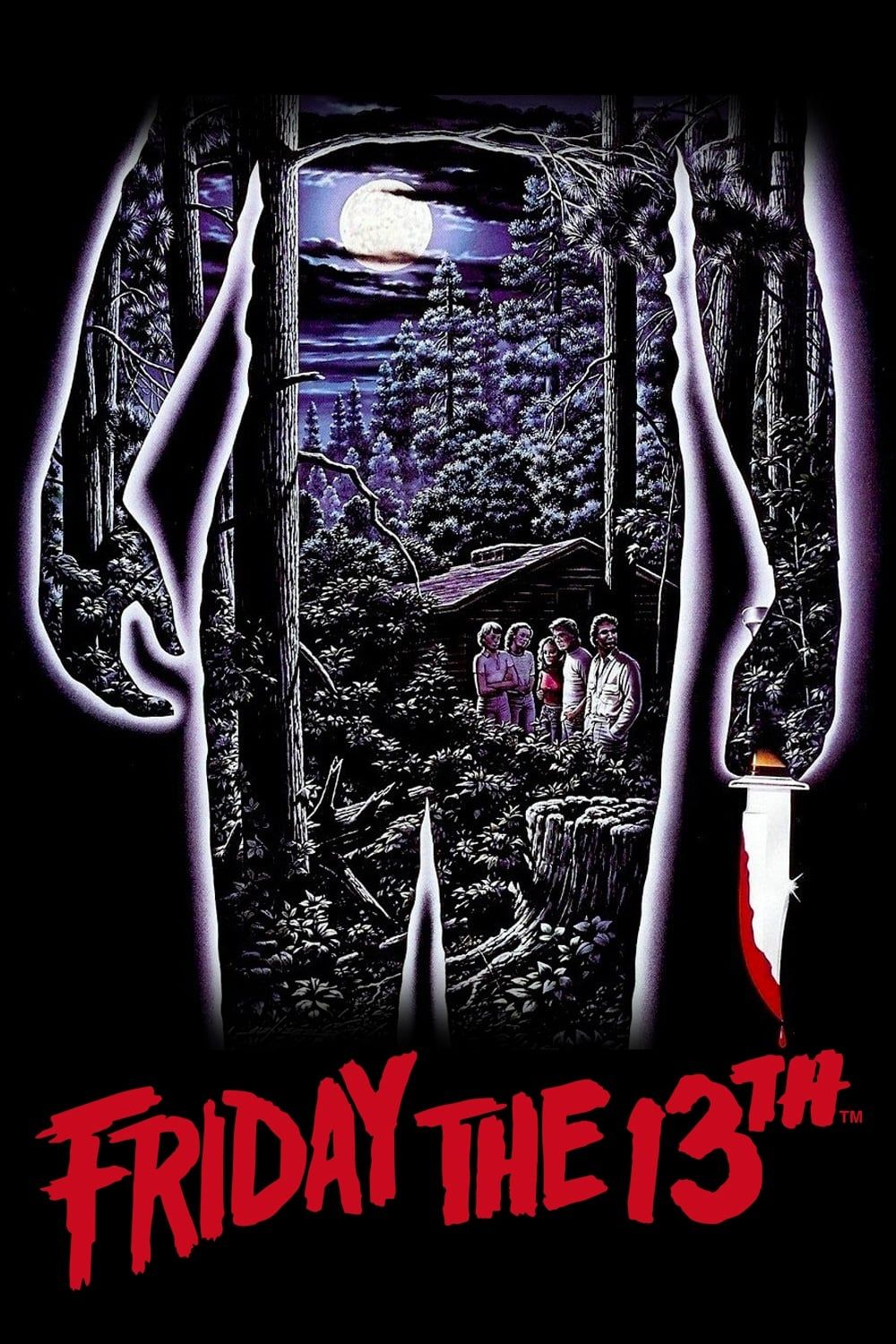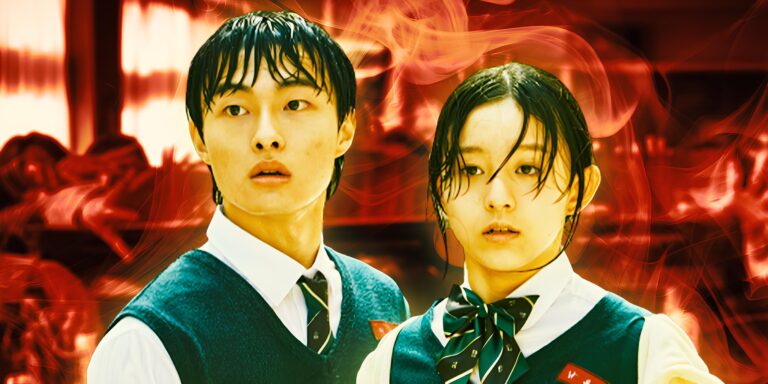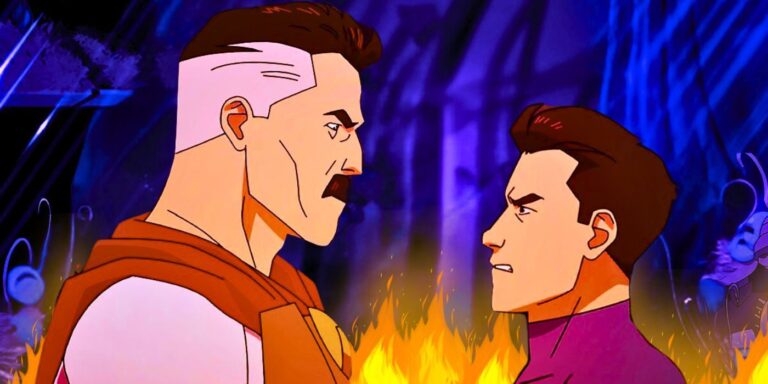A forgotten Friday the 13th crossover makes sense out of the Jason’s slasher-style killing spree. It’s easy to look at Jason Voorhees’ ever-changing origin story and boil his killing motivations down to his mother. Some will go a step further and argue that Jason’s story is about protecting children, but the bottom line is that Jason’s murder spree makes deeper narrative sense than it’s usually given credit for.
That fact becomes painfully evident when reading Jason vs. Leatherface, a three-part miniseries crossover between Friday the 13th and The Texas Chainsaw Massacre, by Nancy A. Collins, David Imhoff, and Jeff Butler. The series originally hit shelves in 1995 to kill time before Freddy Krueger brought Jason back from Hell, as teased a couple of years prior on the big screen.
In the meantime, Jason vs. Leatherface recontextualizes the zombie killer’s entire motivation to kill in the movies. Even better, that motivation is tied into classic tropes closely linked to the franchise and to horror movies in general.
Jason vs. Leatherface Makes Sense Out of Friday the 13th’s Kills, Explaining That Jason Truly Hates Joy
Voorhees Is Conditioned to Destroy Joy
Jason in the Friday the 13th movies, especially after becoming a literal zombie, has been framed as a mindless zombie, killing at random with no rhyme or reason attached. In some ways, this crossover comic pushes that narrative, but more than anything, it frames Jason’s kills as being more targeted than that. Rather than being random, it suggests that Jason targets anything resembling love and joy, the two emotions he was largely devoid and deprived of thanks to his deformities and his abusive father.
Jason’s hatred and anger stem from watching a life he never had the chance to live.
Jason’s hatred and anger stem from watching a life he never had the chance to live through the eyes of those actively living it. It puts some of Jason’s most shocking kills into a new perspective. After all, the Friday the 13th movies are littered with classic horror movie tropes like scantily clad young people, premarital sex, drinking, and young folks just having a merry time before getting chopped to bits. On the surface, these are frequent visuals in the franchise because, simply put, they are classic horror movie tropes. But Jason truly hates them because they feature one core element: positive human emotions.
Friday the 13th and The Texas Chainsaw Massacre’s Forgotten Crossover, Explained
Comics Create an Unexpected Friendship Between Leatherface and Jason
At the start of Jason vs. Leatherface, Jason Voorhees is trapped and chained at the bottom of Camp Crystal Lake, not unlike his predicament in Friday the 13th Part VII: The New Blood. This time, though, the lake is completely polluted, used as a dump by the local bigwig corporation, Linhart Amalgamated. When the Environmental Protection Agency reports the corporation, the company opts to dredge and then drain the lake. In the process, the workers unknowingly take a living Jason with them on their dumping train. Unsurprisingly, Jason kills everyone on the train, resulting in a crash.
Looking for another, more recent tie-in comic to a classic horror movie franchise? Check out
Army of Darkness Forever
#1, by Tony Fleecs, Justin Greenwood, Brad Simpson, and Troy Peteri, and its following issues, available now from Dynamite!
Coming out of the wreckage, the patriarch of the Friday the 13th franchise wanders Texas, specifically Sawyerville. It isn’t long before he stumbles onto Nubbins “Hitchhiker” Sawyer chasing down an unsuspecting victim, and not far behind is Hitchhiker’s brother, Bubba, bringing Leatherface and Jason face-to-face for the first time. They nearly have a deadly confrontation – until Jason kills the would-be victim himself. Nubbins is quick to befriend Jason on Bubba’s behalf, inviting the brooding hockey mask to the Sawyer household.
Jason Becomes an Empathetic Character in the Comics – All Without Dialogue
Giving Emotion to an Emotionless Zombie
Like in the movies, Jason never utters a word (except for that one scene in Part 8), so to compensate, the comics showcase Jason’s thought process through an omnipotent narrator. The narration highlights how Jason is confused about how to receive the kindness of the Sawyers, despite sharing the same admiration for killing. It’s mentioned that Jason’s default mode of emotion is either hatred or anger, and when he feels neither, he doesn’t understand how he feels. This confusion escalates as his bond with Leatherface grows. At one point, Jason stops Nubbins from bullying Bubba and helps him off the ground.
In a different moment where Jason comforts Leatherface, the narration reiterates that while Jason initially thought these emotions were new, they were actually wholesome emotions that he hasn’t felt since he was a young boy playing with blocks. The narration goes further, saying that Jason’s kills “carried no thought, only action. Those who dared to know love and life were to be punished … and Jason punished them.”
Jason vs. Leatherface Completely Recontextualizes the Classic Horror Tropes that Make Friday the 13th Work
Making for Stronger Characters
Sadly for Jason, the party is over when he watches Nubbins bully Leatherface once more. In an effort to protect his new best friend, Jason attacks Nubbins and other members of the Sawyer family. This confuses Leatherface, who was raised to protect his family no matter what. Seeing his friend disturbed and with no desire to fight him, Jason uncharacteristically lowers his defense. Pamela Voorhees’ special boy would soon regret this, as it leaves him wide open for Leatherface to attack. Immediately after, the narrator says the following on Jason’s behalf:
For the first time in his existence, Jason has gone against his nature. Instead of destroying, he chose to defend another. And this is how he is repaid. Jason thought he had finally found someone who understood what it was like to be different. To be apart from the others. Someone like him. But as he might be, Leatherface had one thing in common with the others. He was alive and living, knew love, even if it was the love of a stunted, twisted family. And all that loves – must die!
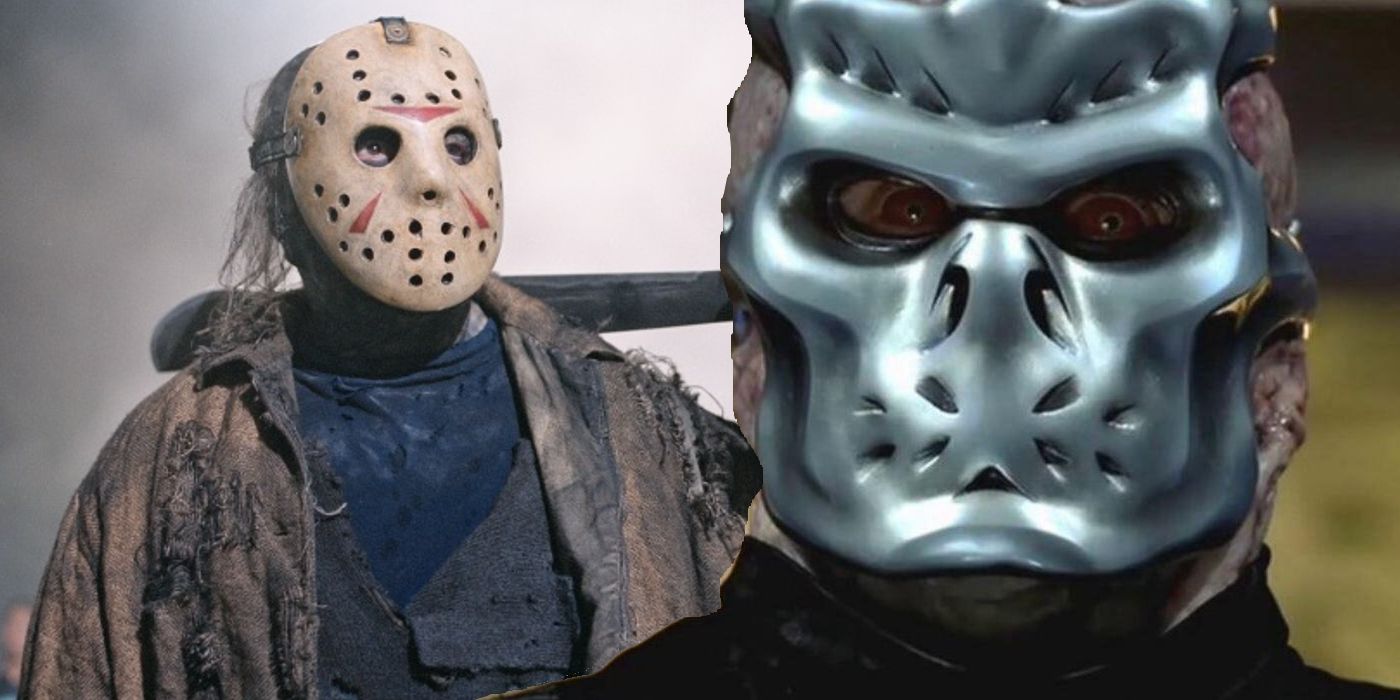
Related
The Ultimate Showdown in Friday the 13th History Pitted Jason Voorhees Against Himself (And as a Fan of the Franchise, I Loved Every Moment of It)
Jason vs. Jason X is an absolutely ludicrous premise for the famed Crystal Lake slasher, but as a huge fan of the series, I absolutely love it.
Underneath its surface, this miniseries manages to explain that many classic horror tropes exist within the franchise because teens having fun gets Jason’s blood boiling. Anything that remotely resembles happiness, love, or fun is enough to trigger Jason’s urge to kill. So, when readers see the sequels where Jason murders teens moments after seeing them making love or frolicking at a camp, those kills are put in a new context. Tropes like these are littered throughout the whole franchise, and viewers can finally understand why.
This comic finally turns sometimes-cliché horror tropes into something character-driven. Jason is not just killing people for the sake of the narrative or the genre. He’s conditioned to kill joy. A lore addition like this forces audiences to watch the movies with a whole new eye. When Jason is confronted with Leatherface’s own joy – a family that brings him comfort – that’s enough to drive Jason to kill, just like he would in any other Friday the 13th movie.
Jason vs. Leatherface is available now from Topps Comics.

